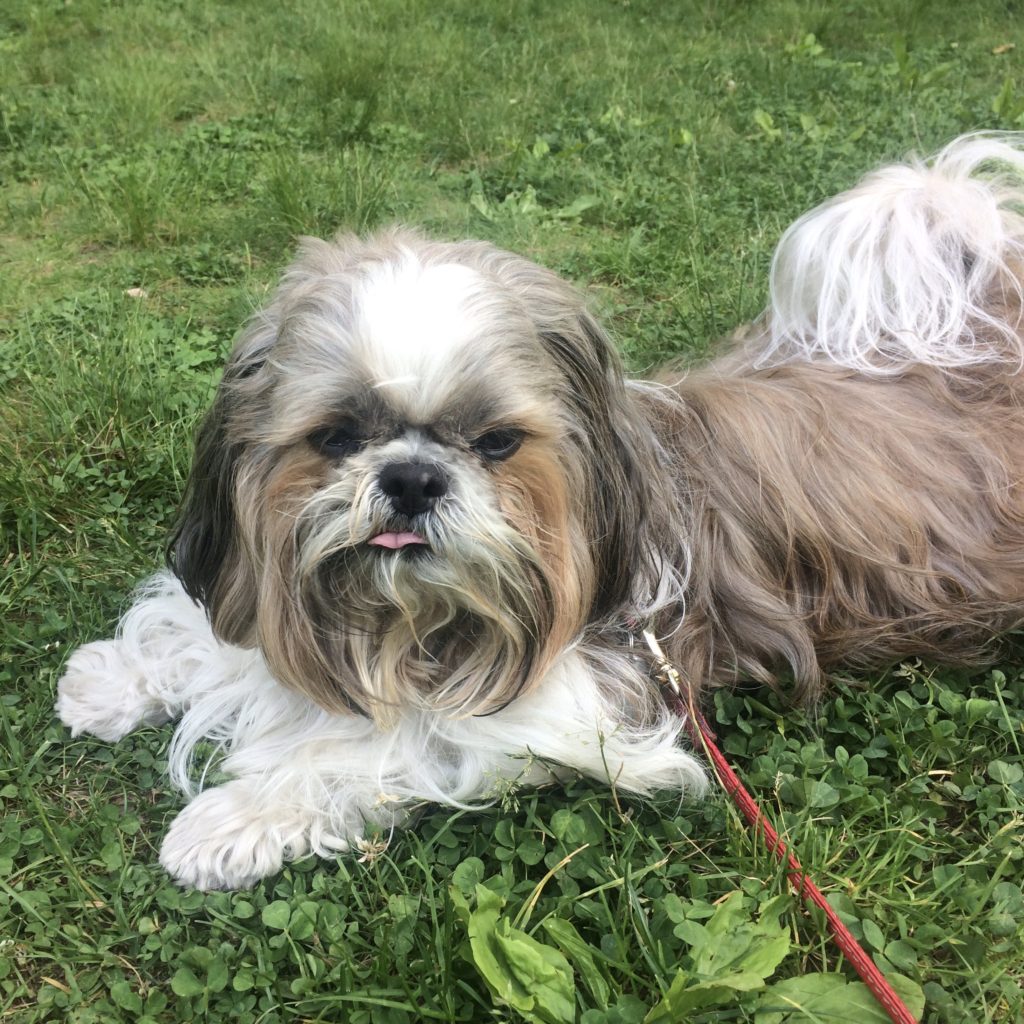Folks are often concerned about using food rewards to train because they think their pup will become reliant on them and have to be bribed into compliance. Not true! We’re going to wean your pup off of tangible rewards as quickly as we can but as slowly as we need to in order to keep them excited, engaged and motivated.
You might think that the best way to keep a behavior strong is to reinforce it each and every time, but it turns out, the reverse is true. Behaviors that are on a “fixed” reinforcement schedule are much more susceptible to extinction than behaviors that are on a “variable” reinforcement schedule.
Vending machines are an excellent example of a fixed reinforcement schedule. You want a snack, you put your money in the machine and you’re immediately rewarded with a snack of your choice, every time. It’s not exactly exciting, but it’s very reliable. So what happens if you put your money in and a snack doesn’t come out? It typically doesn’t take more than one or two trials before a person throws up their hands and walks away or tries other means of getting what they want, like kicking the machine, hitting it, screaming at it, calling it names and/or trying to stick their arm up the shoot (all of which are fine examples or what an extinction burst looks like). What they’re definitely not going to do is keep the original learned behavior of feeding dollar bills into the machine, and he probably won’t try that behavior again unless he gets some assurance that the machine is working again. A bit like a dog who may choose to stop “working” for his human unless he can see a treat in their hand.
On the other hand, slot machines are an example of a variable, or in this case random reinforcement schedule. You put your money in, pull the lever and hope for the best. How often does that behavior pay off? Hardly ever. Everyone knows the machine only “works” once in a while, but when it does, the “reinforcement” is extremely desirable, so they keep on feeding it their hard-earned money over and over and over again, because history has shown them it’s bound to pay off one of these days.
This is why it’s so easy to reinforce certain “bad” behaviors, like begging for food at the dinner table and pawing or barking at humans for attention. It doesn’t always pay off, but when it does, it’s awesome, not to mention, it’s the best idea you pup’s had so far.
The good news is, we can use these reinforcement schedules to our advantage. For some behaviors like “go to bed” or “kennel up” a random schedule of reinforcement makes the most sense, and a pair of dice can be a great tool for making sure you’re actually keeping the reinforcement schedule random (us humans love to create patters and we often don’t even realize we’re doing it).
Other behaviors, like “sit”, “fetch”, “down”, etc. benefit from a “differential” reinforcement schedule. A differential schedule differentiates between excellent and sub-par responses. Once a cue is learned, you can begin withholding reinforcement for the weakest responses. For example, if your pup sits immediately 80% of the time, you might begin by withholding reinforcements if there’s a delay of more than 3 seconds.
In either case, you’ll begin weaning your pup off of tangible reinforcements as quickly as you can, but as slowly as you have to. For a random schedule, that might mean rolling the dice and only withholding reinforcement it you roll a 7. That way, most trials are still being reinforced at first and your pup won’t get frustrated and give up.
If you’re using a differential schedule, shoot for reinforcing 9/10 trials at first, only withholding your click and treat for the slowest, shortest, weakest response, then cut down to 4/5, then 3/5 and so on and so forth until you’re able to keep the behavior strong by reinforcing only the very best out of 20+ trials.
